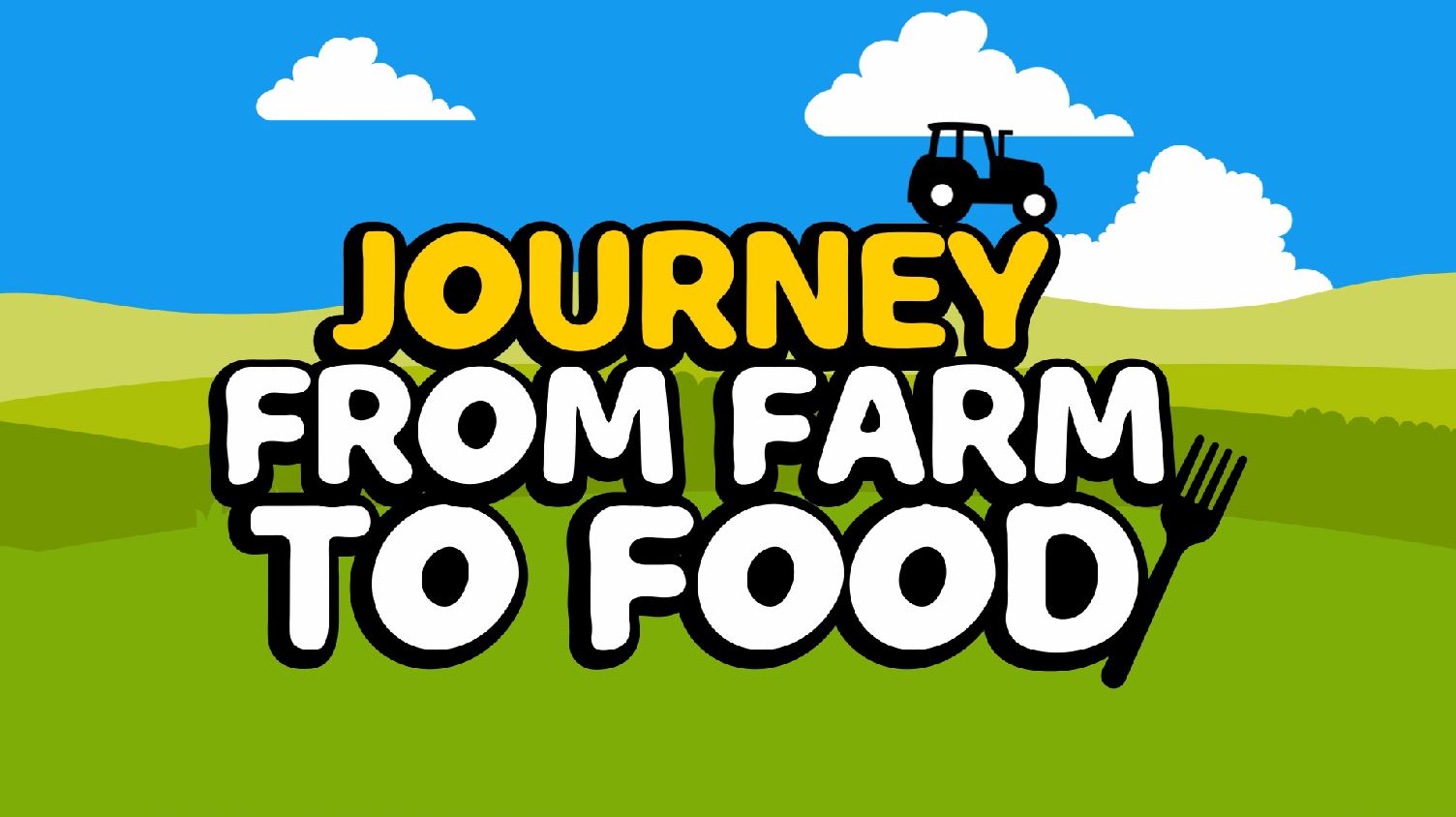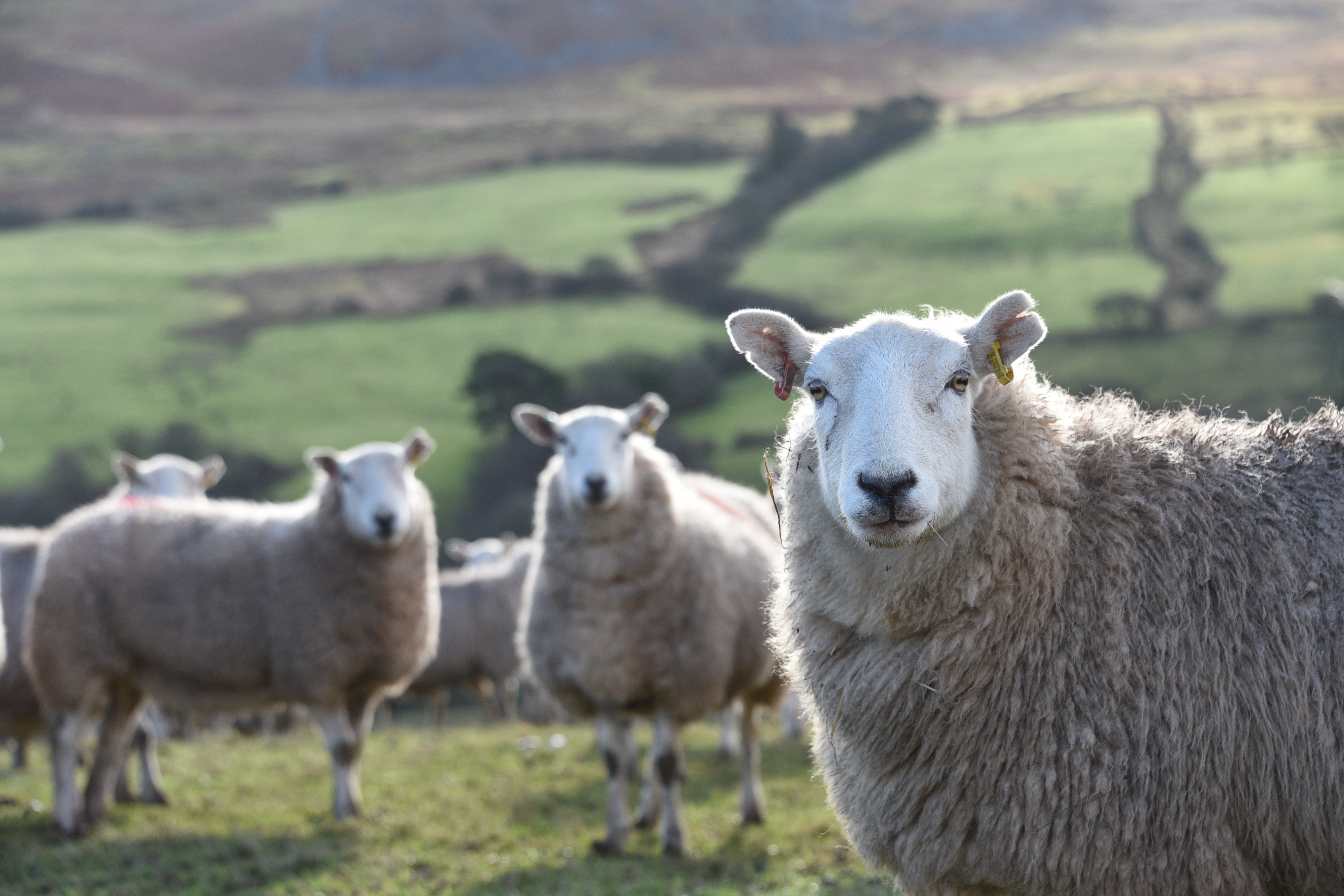MASACS – Genetic Marker for improving production in Commercial Sheep
Aim
The aim of this project was to combine the use of genetic marker studies with traditional performance data in commercial sheep breeding programmes. Most production traits, e.g. growth and disease resistance, are controlled by several genes. A large proportion of the variation between animals in a trait can be attributed to a small number of genes in a particular location. These locations are called Quantitative Trait Loci (QTL).
Why is it important?
The use of QTL’s and genes associated with production traits can potentially improve genetic progress by allowing more effective and earlier selection. This is in contrast to traditional selection techniques, which have relied on the performance or appearance of animals. In particular, the project concentrated on producing improved breeding values for lean meat production and worm resistance.
How did the project work?
Blood samples were collected from representatives from the Charollais, Texel and Suffolk sheep breeds. Information from these samples was used to show the genetic make-up of the animals and the presence of commercially interesting traits such as muscle depth. Faecal egg counts from the sampled animals were collected to identify loci for resistance to parasitic worms.
Who did the work?
The Roslin Institute in Edinburgh carried out the work.
The project is funded by HCC, EBLEX and DEFRA.
The Final Report from the project, can be found by clicking here



